How do you Grow Sage Indoors or in a Garden?
This can be a difficult question to answer for beginner gardeners because of numerous factors including climate, soil, and experience level.
This article will help solve this problem and give beginner herb gardeners Easy-to-Follow Steps on growing sage both indoors and in a garden.
And I recommend scrolling to the bottom of this page to find answers to frequently asked questions most gardeners have when growing sage.
[toc]
Plant One of These 4 Types of Sage
A. Garden Sage (Common Sage)
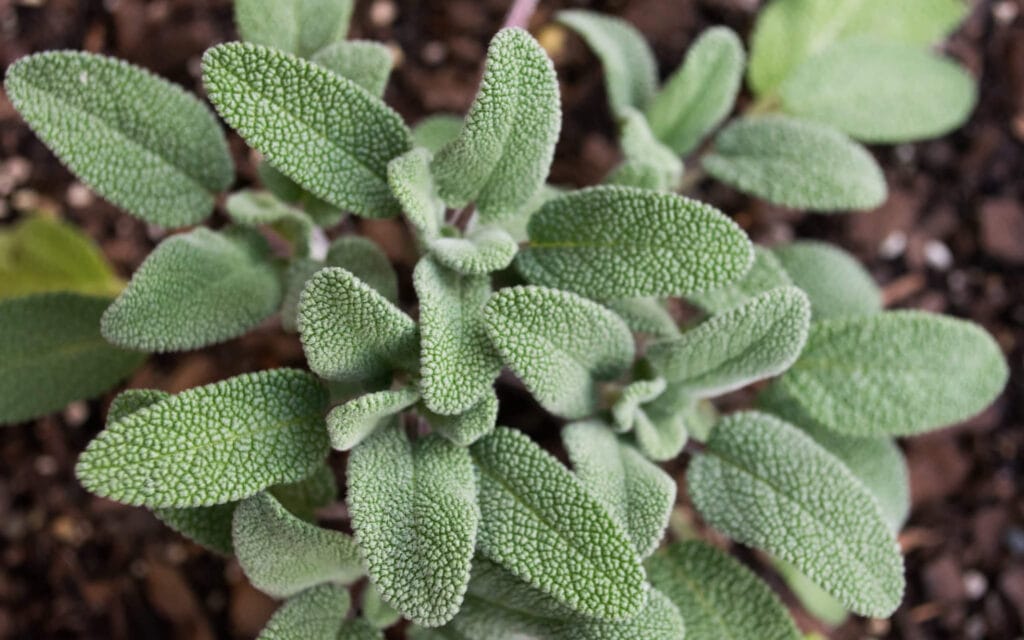
- Scientific Name: Salvia Officianalis
- Hardy Zone: 5-9
- Size: 2 feet by 2 feet
- Life Cycle: Perennial
Garden Sage is the hardiest type of sage on this list.
Grow Garden Sage if you live in a climate that gets long periods of cold and snow!
It has soft, silver-green leaves and is the best type of sage to be used in cooking. You can use it for turkey stuffing, butternut squash, and breakfast sausage.
You also want to grow this type of sage because it is one of the best at repelling mosquitoes!
B. Pineapple Sage
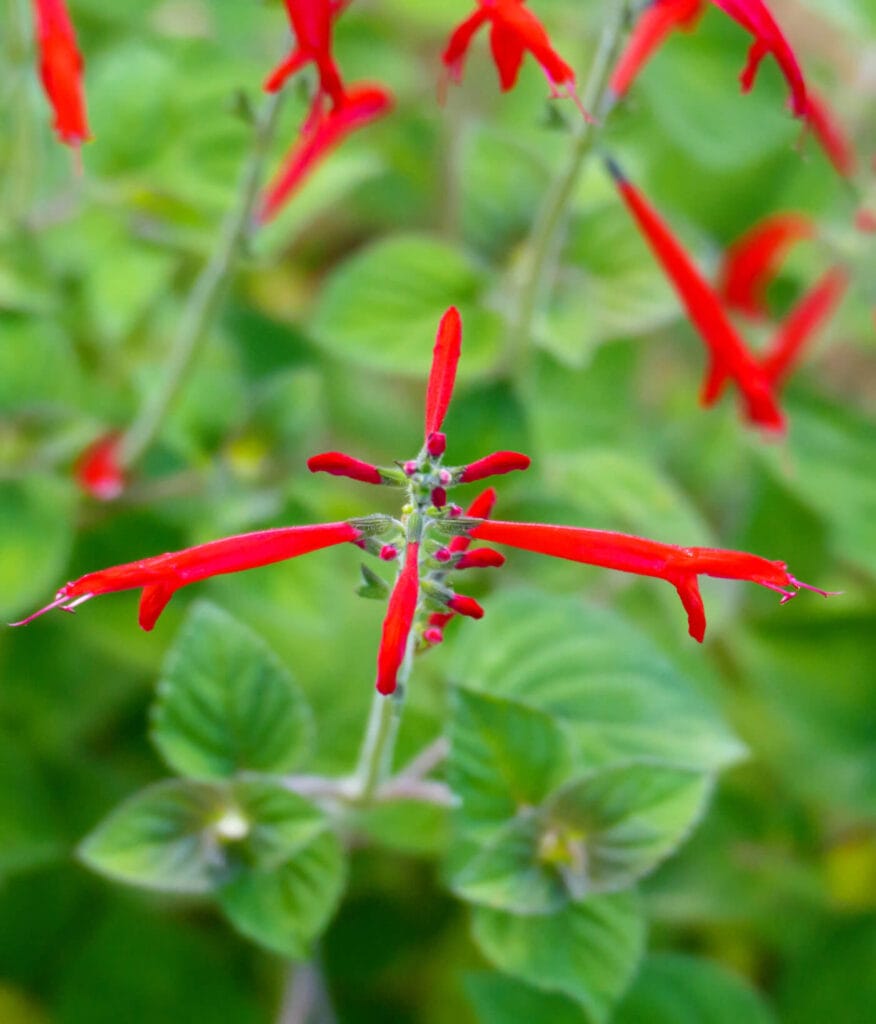
- Scientific Name: Salvia Elegans
- Hardy Zone: 8-11
- Size: 5 feet by 3 feet
- Life Cycle: Perennial
Pineapple Sage is a great type of sage for its colors and medicinal purposes, such as an anti-depressant. It should not be used for cooking though.
Grow Pineapple Sage if you want to Attract Hummingbirds, Butterflies, and Bees.
Expect Pineapple Sage leaves to have light green color with beautiful red flowers blooming from it during the fall.
C. Purple Sage
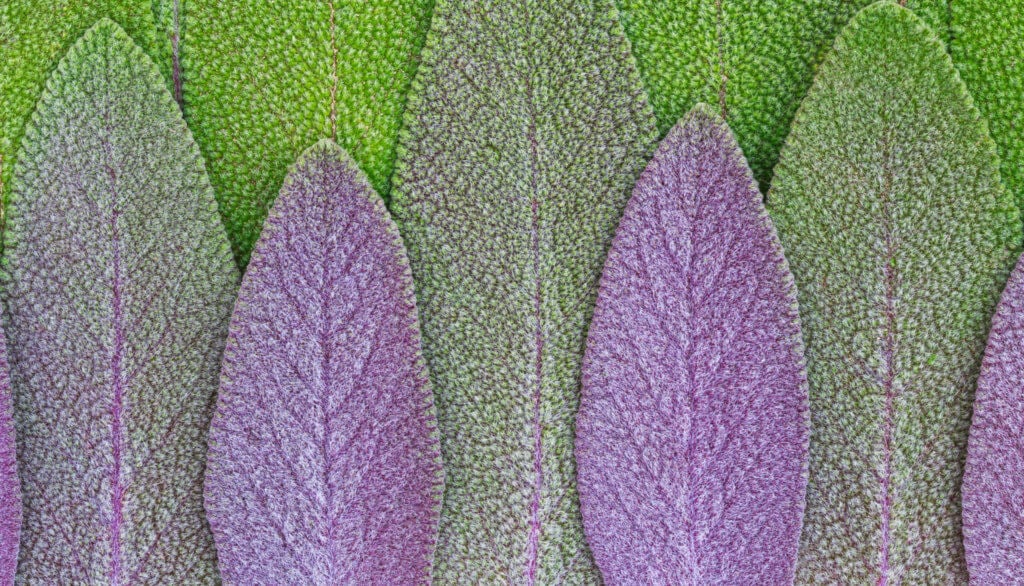
- Scientific Name: Salvia Dorrii
- Hardy Zone: 5-8
- Size: 2 feet by 6 feet
- Life Cycle: Perennial
Purple sage is a bushy perennial sage that has a beautiful color but is less hardy than other types of sage.
Grow Purple Sage if you live in dry or desert regions that have poor or sandy soil. This type of sage thrives there!
This type of sage has little use for cooking or medicinal purposes, but is incredibly easy to maintain and has an amazing fragrance.
D. Golden Sage
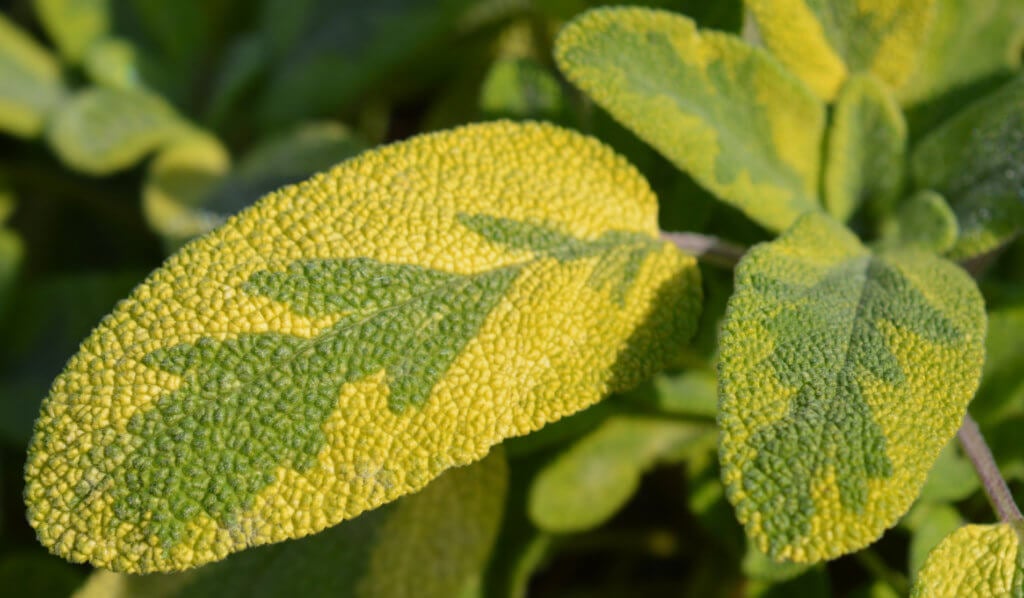
- Scientific Name: Salvia Officianalis lcterina
- Hardy Zone: 5-11
- Size: 2 feet by 4 feet
- Life Cycle: Perennial
Grow Golden Sage if you want an ornamental plant both indoors and outdoors!
This type of sage is great for full-sun and drought-tolerant regions. It has greenish-yellow leaves and is can be used in a number of different food dishes.
The Golden Sage is also perfect for keeping pests like squirrels, rabbits, and deer from your garden!
Start Your Seeds Indoors!
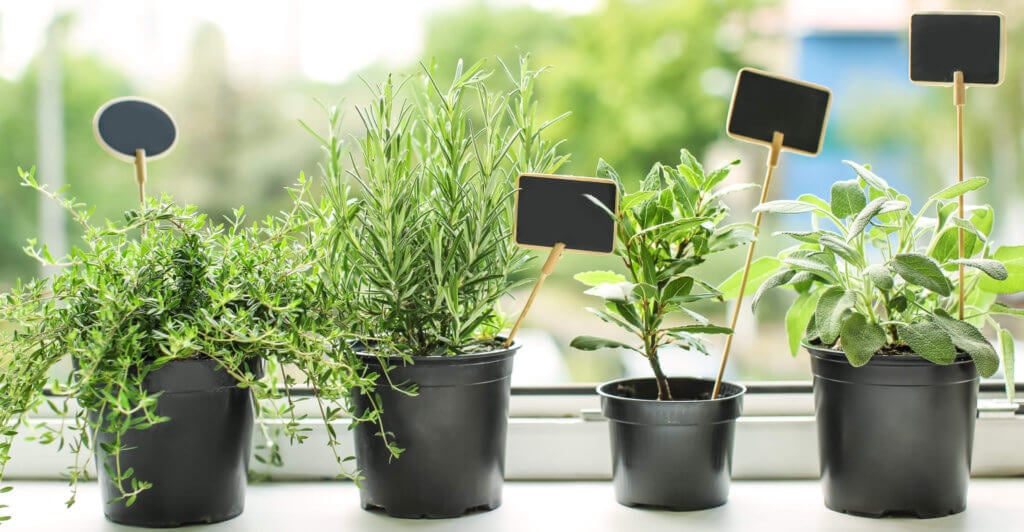
If you want to harvest your sage quicker and more often then START YOUR SEEDS INDOORS!!!!
Step 1 – Begin planting 6 to 8 weeks before the last frost
- Start your sage seeds inside 6-8 weeks before you plan on moving them into your garden or a large pot.
- Begin by filling a 3-inch peat pot 80% full with your potting mix.
- Immediately after, spray your soil 5-10 times. The soil should be a dark brown color and damp to the touch.
Step 2 – Use 2 Seeds per hole!
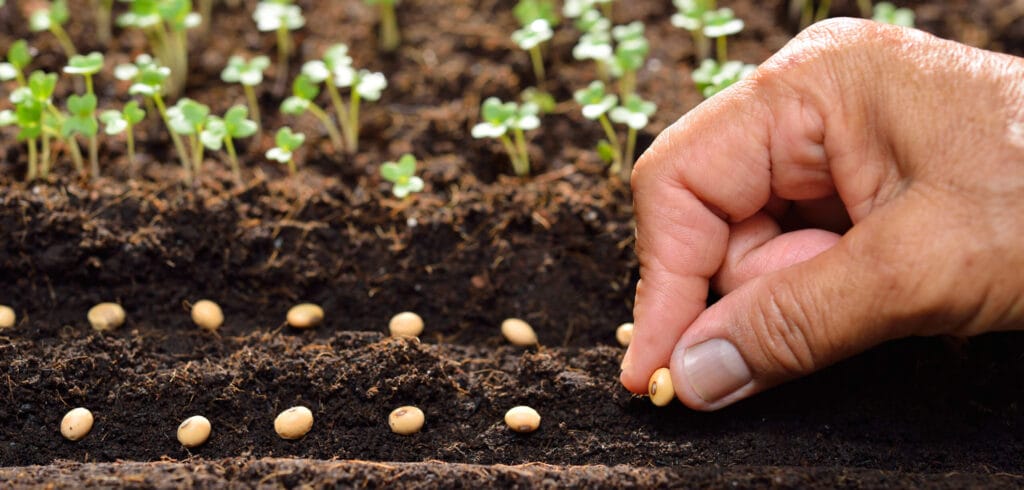
- Use the tip of a pencil to make a circular motion to form a tiny hole.
- Then place 2 seeds into the hole and brush the soil over the seeds
- Next, spray 5 to 8 times again.
Step 3 – Provide your Seeds with 8 Hours of Sunlight
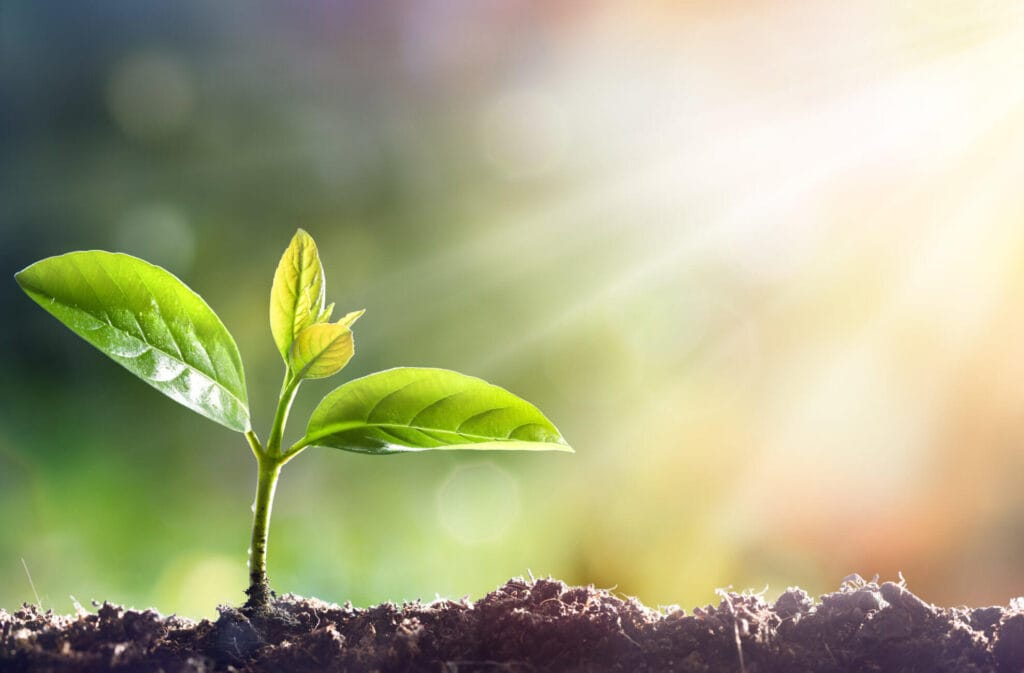
- After planting your seeds place your peat pots in direct sunlight or under your grow light for 8 hours a day.
- Anything closer will burn the seeds. Anything further away with not provides enough heat and light.
You will also need to make sure the room temperature is around 60-70 degrees Fahrenheit.
- If the air temperature does not stay around this temperature then your seeds will not germinate or pop through the soil.
If you don’t have an area that will stay consistently around 60-70 degrees, I would recommend using a Plant Heating Mat.
- A Plant Heating Mat is the perfect way to keep your pots and seeds at a consistent temperature that we may not otherwise be able to.
Step 4 – Spray, Spray, Spray
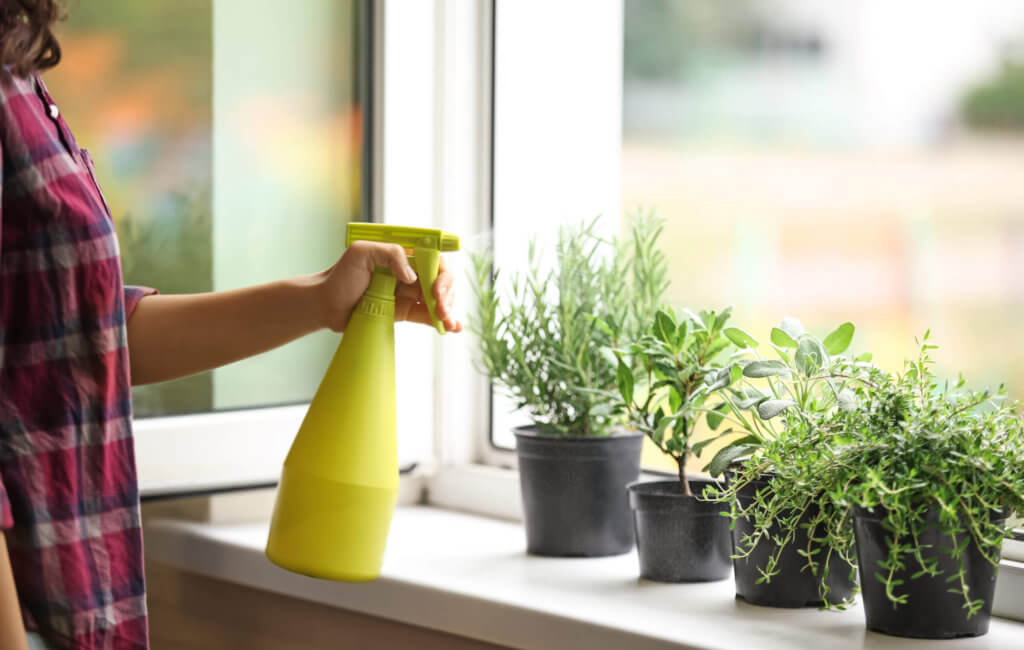
- After your initial planting, you will want to spray the soil twice a day for the next 10-14 days.
- It will take approximately 10-14 days for your seeds to germinate. Do not worry if it takes a few days later as each growing situation is different.
- After your seed germinates, continue spraying twice a day for the next 4-6 weeks.
Step 5 – At 6 inches tall, Transplant your Sage
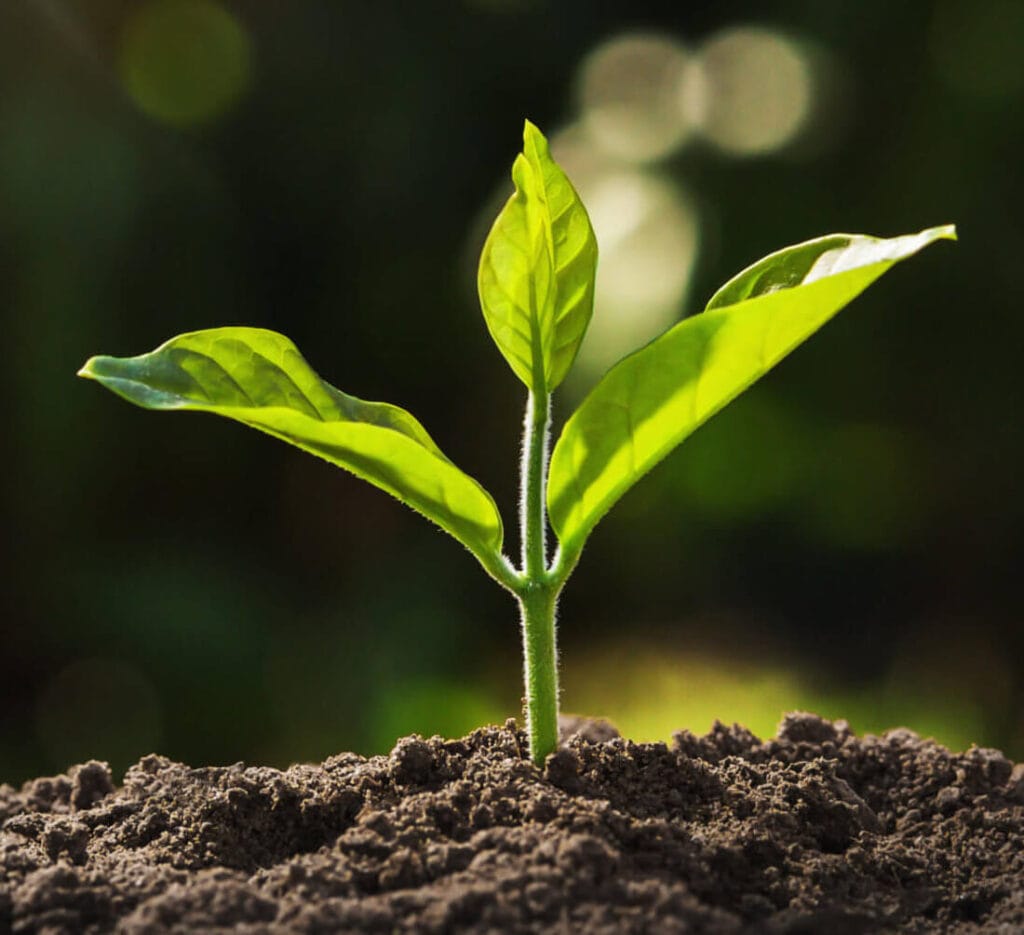
- Once your sage reaches 4-6 inches tall you will either want to move them into your larger container or move them outside.
- When moving your sage to a larger pot you will want to add a loam potting mix to it. This will provide your growing herb the nutrients it needs to become bigger and more flavorful.
- If you move your sage plants into a larger container you can continue to water them twice a day until they are ready to be harvested.
It should be noted that you should only move your sage in its container outside only if the last frost has occurred.
- View Your Hardy Zone and Last Frost HERE.

- If you live outside these zones I recommend keeping your sage in its container indoors.
Step 6 – Location In A Garden is ESSENTIAL!!!
- If you are transplanting your sage into a garden you should find a spot that receives full sunlight and has well-draining soil.
Sage grows very well with other herbs like rosemary, cabbage, and carrots. It does not grow well next to cucumbers.
- When transplanting your sage into a garden you will want to dig a hole that is the size of your plant root ball. The root ball is where the roots meet with the soil.
If you are transplanting several sage plants keep them approximately two feet apart.
- Next, add a handful of loam potting mix, cover it with soil, and water it for 30 seconds.
Your soil pH should be neutral to slightly acidic for the sage to grow best. You can test the pH of your soil with a soil pH meter.
- Water your sage once a day until it is ready for harvest.
If you learn better watching a video then I recommend watching the below youtube tutorial:
How to Grow Sage Outdoors
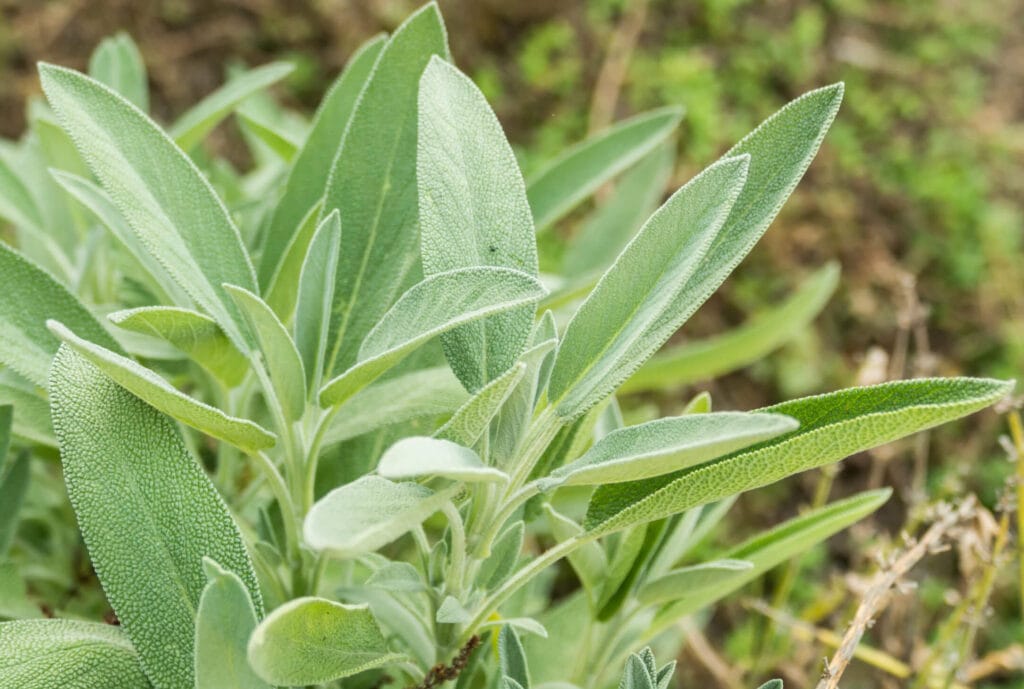
If you do not have the time or ability to Grow Sage indoors, then you can follow the QUICK & EASY Steps below to Growing it from seed outside!
Step 1 – Plant 1-2 Week Before the Last Frost!
- You will want to sow or plant your sage seeds outside 1-2 weeks before the last frost of the year.
- You should find a location in full sun and well-draining loamy soil.
- Plant 2 seeds in a pencil-tip deep hole to ensure a greater success of germination (popping through the soil).
- Space each pair of sage seeds approximately 2 feet from the next pair of seeds
As discussed above, sage grows best next to Rosemary, Carrots, and Cabbage. It does not grow well next to cucumbers.
- Using a water bottle or a hose gently mist your seeds 5 to 10 times.
- You will repeat the process twice a day until your seeds germinate (pop through the soil).
- It will take approximate 10-14 days for your seeds to germinate. Replant seeds if they do not germinate within 3 weeks!
Step 2 – ALWAYS Keep the Soil Damp
- After your seeds germinate, continue spraying your sage twice a day for about 2-3 weeks. After this, you can water once a day for 30 seconds.
- You should then be able to harvest your Sage within 8 weeks from the time your seed germinates.
If you want to learn how to Grow Sage in a garden then I recommend watching the below tutorial video:
Frequently Asked Questions (FAQ)
How Should I Care for my Sage?
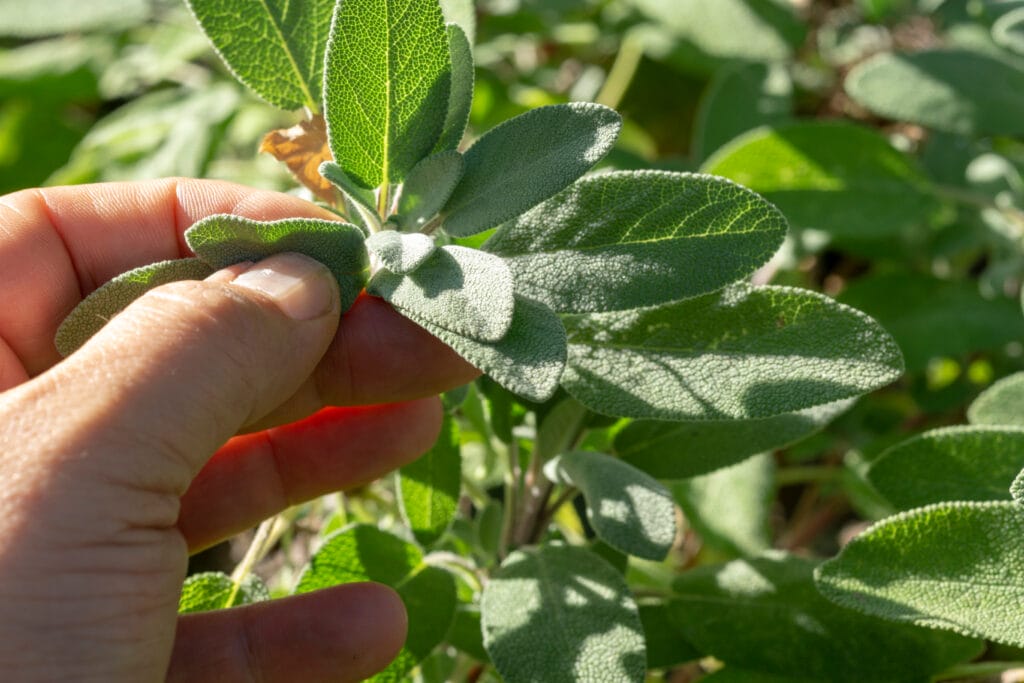
There are 4 essential techniques you should do when caring for sage.
1. Provide Sage with Loamy Soil!
- Sage grows best in well-draining, Loamy Soil. I recommend adding Compressed Soil to your garden if it does not drain well.
- You also want to ensure your soil is between a pH level of 6.0 and 7.0. You can test your soil with a pH meter.
2. Use Insecticide EARLY!
- Sage typically is hardy against pests like Rabbits and Deer, but can sometimes be invested by insects.
- Early in Sage’s life, it is more likely to get sucking insects, slugs, and caterpillars. Because of this, I recommend using Sevin Bug Killer.
3. Water Once a Day
- Because sage grows in full-sun you should water it once a day for 30 seconds with a hose. This will help promote fast growth.
4. Do NOT Fertilize!
- You may be tempted to fertilize your sage to promote faster growth, but you should not. Fertilizing sage will reduce its flavor!
How Do I Harvest Sage?
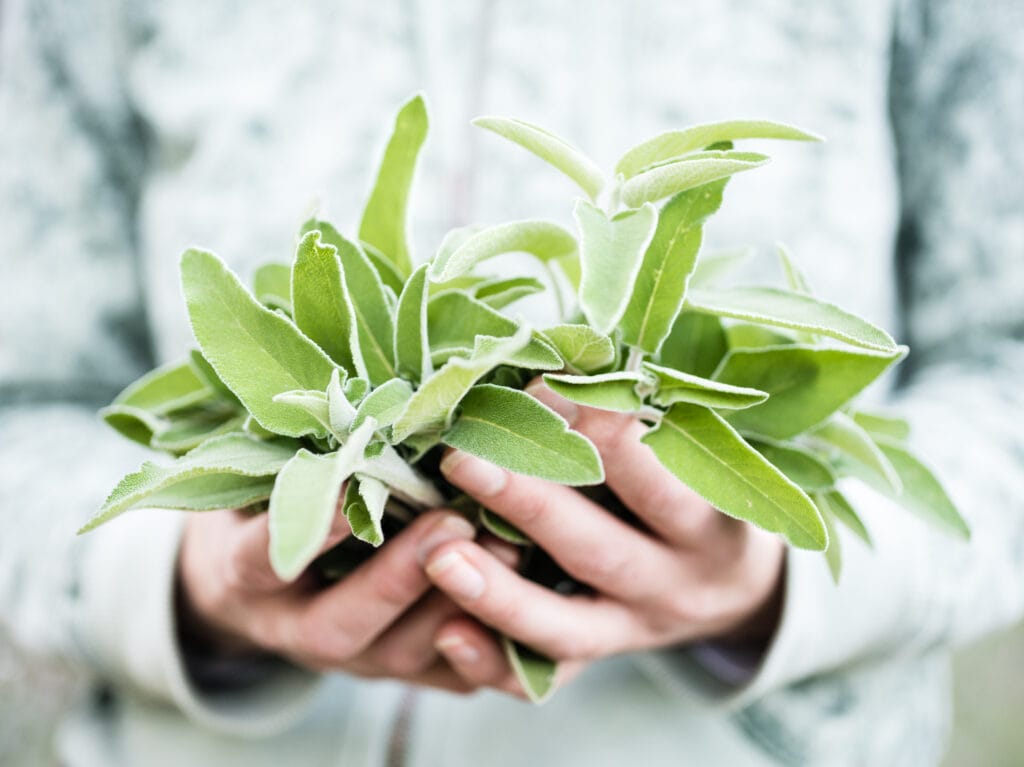
Sage is a relatively easy herb to harvest, but there are 3 Essential techniques you should do to ensure sage for years to come.
1. Lightly Harvest during your First Year
- To encourage your sage to grow properly after the first year you should only lightly harvest it. If you harvest it too much then your sage may not grow to its fullest in the years after.
2. Harvest by Cutting Entire Stems
- If you want to encourage your Sage to grow back faster and larger leaves then cut entire stems off.
Below is a tutorial video on How to Harvest Stage
3. Stop Harvesting 2 months BEFORE the First Frost
- To give new growth and leaves enough time to fully develop stop harvesting 2 months before the first frost of the year.
How Do I Store Sage?
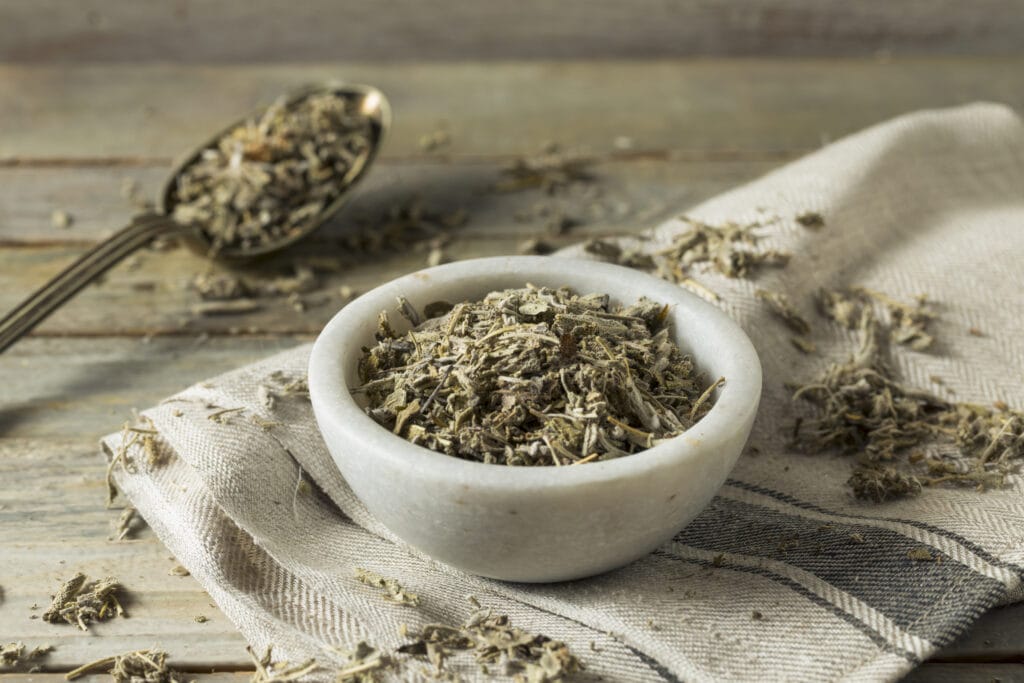
If you do not plan on using your sage immediately, there are 3 Effective Ways to store it!
1. Refrigerate Any Sage Not Immediately Used
- If you do not plan on using your sage immediately then wrap it in a damp paper towel and store it in the Refrigerator.
- Use refrigerated sage within 4-5 days after it has initially been stored
2. Freeze Sage for use up to 1 Year
- If you want to store your sage for up to 1 year then freeze it. To freeze your sage, wash it, pat it dry, and then put them in a freezer bag.
3. Dry Sage for Use After 1 Year
- Most gardeners prefer cooking dried sage then fresh. And if you want to use sage for periods over a year then you will want to dry it
Below, is a great video teaching you how to dry sage
Best Ways to Use Your Sage
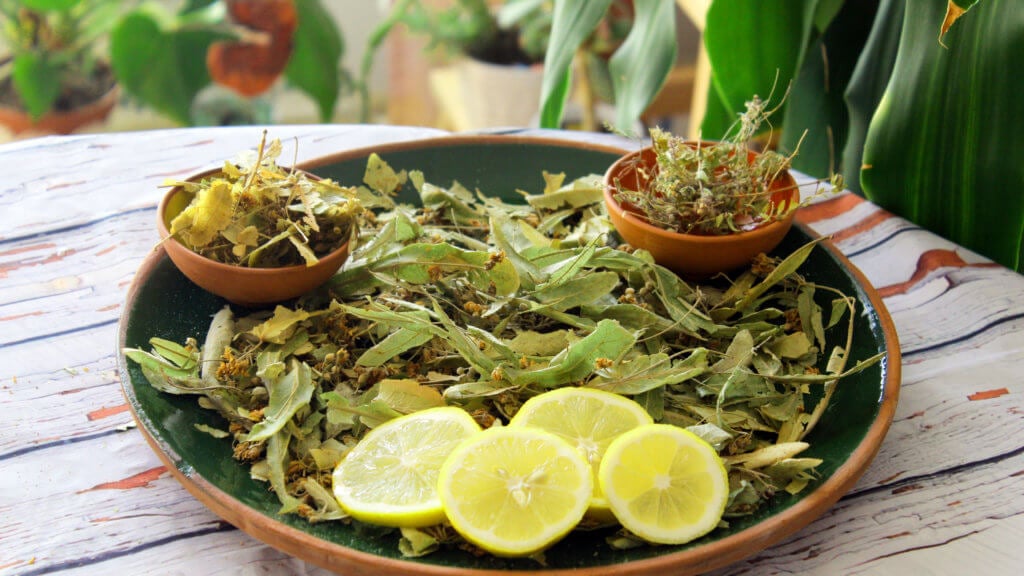
There are numerous ways to use your Sage. Below, are some of the most effective ways to use your Sage
1. Use Sage in Cooking
- Common Sage is a great herb that can add flavor to almost any dish. You can see some of my favorite recipes HERE.
2. Use Sage for Medicinal Purposes
- All types of sage can be used for Medicinal Purposes, such as anti-depressant, digestive problems, and to reduce pain after surgery. You can learn more about the Medicinal purposes of sage HERE.
3. Use Sage to Add Fragrance into Your House
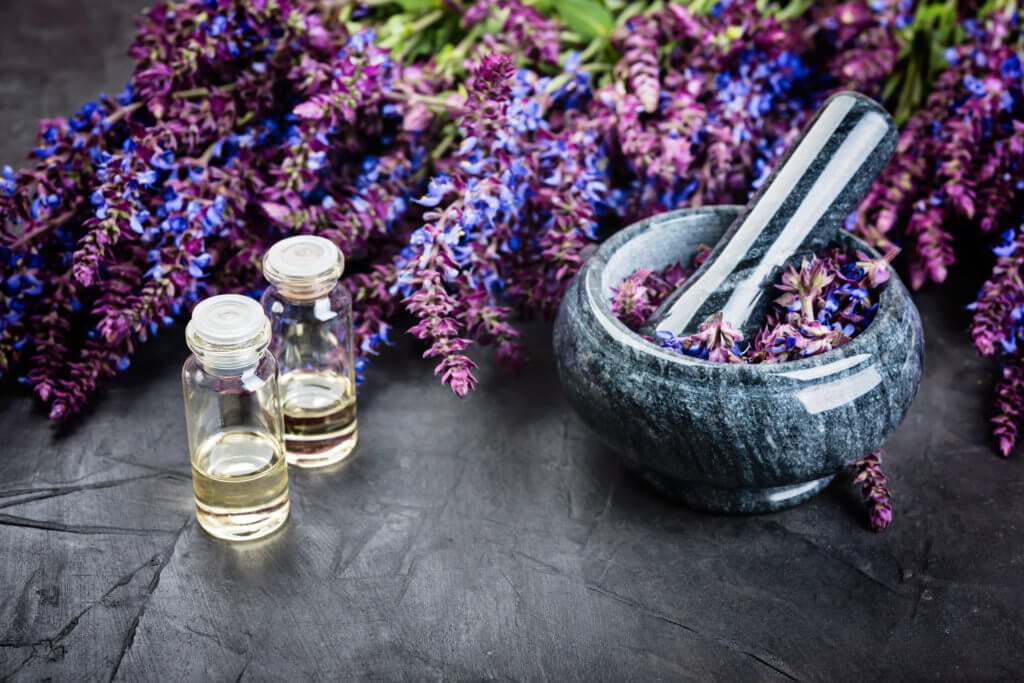
- One of the favorite ways to use Sage is to add fragrance to your house, room, or potpourri. You can learn some of the benefits of burning sage HERE.
Conclusion
After reading this article you should now have a much better idea on How to Grow Sage indoors and in a garden!
As a reminder, the below tips will help provide you with the greatest chance of success of Growing Sage:
- Grow Common, Pineapple, Purple, or Golden Sage
- Start your seeds 6-8 weeks before the last frost (indoors) or 2 weeks before the last frost (outside)
- Provide your plant 8 hours of sunlight and keep it in 60-70 degrees Fahrenheit.
- At 6 inches, transplant your sage into a larger container or into a garden
- Use insecticide early and do not use fertilizer
- Only light prune your sage during the first year to encourage fuller growth in following years
If you enjoyed this article then please read my other articles: